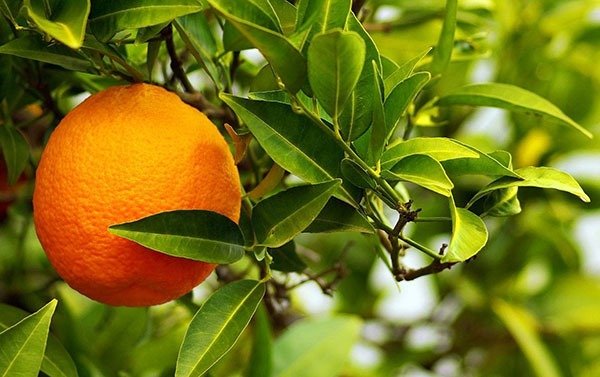Today I will speak to you about the biological and vegetative characters of the family Rutaceae, I will begin by describing the radical system of the citrus is constituted by a main root pivotante, that penetrates up to seven meters of depth.



▶ In addition to the main or pivot root, the species of the Rutaceae family (citrus) are also made up of a series of secondary roots, most of which are found in the first centimeters of the soil and are the ones that have the capacity to nourish the plant, withdrawing water and nutrients from the soil.

▶ Credits: gourmetsleuth – [Image of Public Domain]
≕ I invite you to stay tuned and read my next contribution ≔
For their nutrition, citrus plants depend mainly on rootlets, represented by the absorbing hairs. The great majority of these rootlets are distributed around the plant, starting at the base of the trunk, leaving the projection of the canopy and very shallow in the soil.
Citrus trees commonly have a single trunk, straight and cylindrical, depending on whether they have been vegetatively propagated by grafting, according to the rootstock used or if they have been propagated by seed, they can reach heights of one to fifteen meters.
The branches are formed from buds that sprout in the axils of the leaves and its subsequent development corresponds to several vegetative flows that occur during the year, forming a spherical and leafy crown. The bark of the trunk or stem is brown, woody, rough and with branches of angular section, sometimes with hairs, long thorns or modified leaves and rounded crown.

As for the fruits, the species of the Rutaceae family (citrus) consist of exocarp, which presents vesicles containing essential oils, Mesocarp (pompous and white) and Endocarp (pulp, presents trichomes with juice).
NOTE: Reference material.